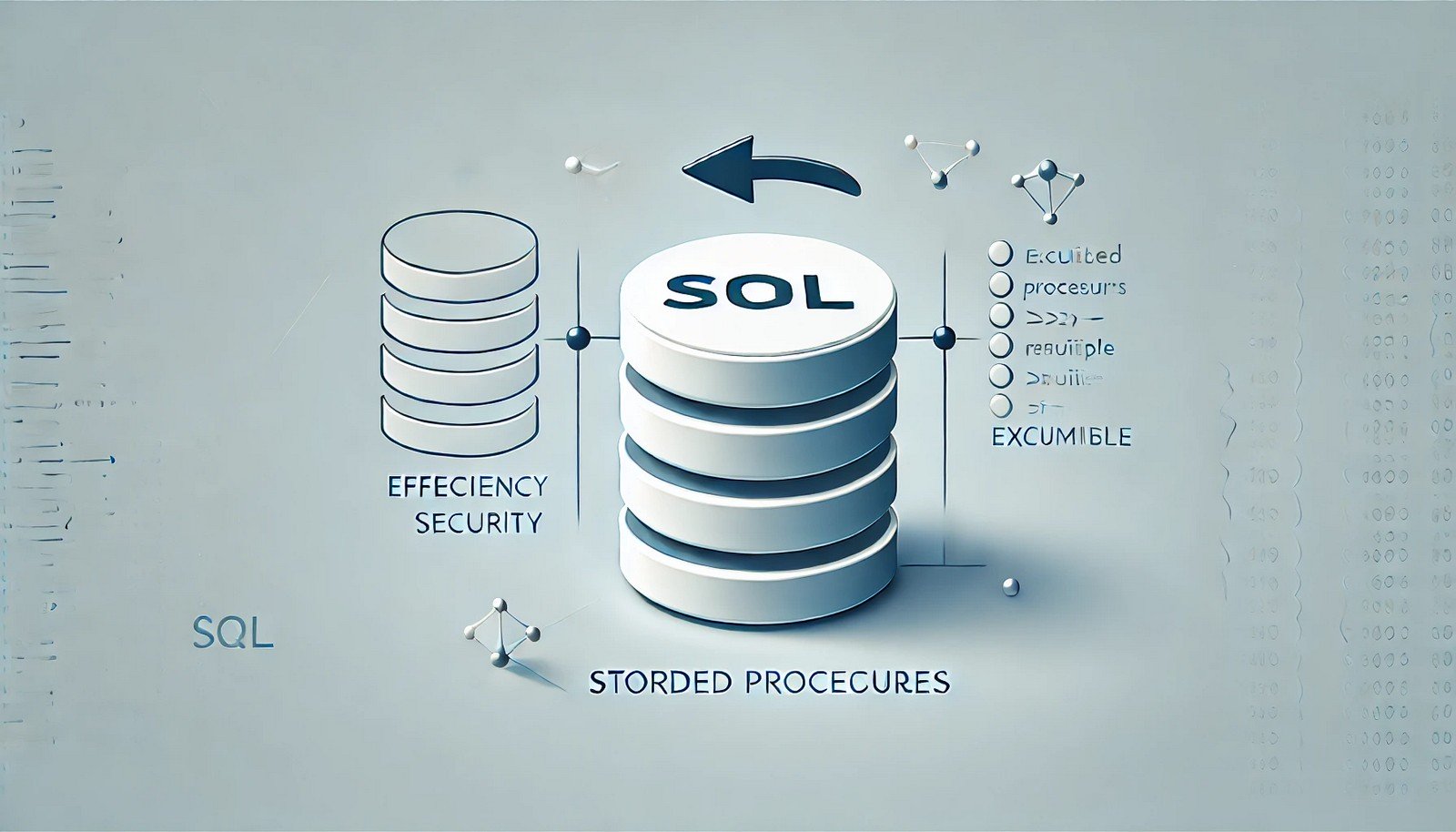Stored Procedures

(Representational Image | Source: Dall-E)
Quick Navigation:
- Stored Procedures Definition
- Stored Procedures Explained Easy
- Stored Procedures Origin
- Stored Procedures Etymology
- Stored Procedures Usage Trends
- Stored Procedures Usage
- Stored Procedures Examples in Context
- Stored Procedures FAQ
- Stored Procedures Related Words
Stored Procedures Definition
A stored procedure is a precompiled collection of SQL statements and optional control-of-flow statements stored in a database. It can be executed with a single call, making it an efficient way to manage repetitive tasks, enforce business logic, and improve performance. Stored procedures reduce network traffic and enhance security by encapsulating complex operations within the database server.
Stored Procedures Explained Easy
Think of a stored procedure like a recipe. Instead of writing all the steps every time you cook a meal, you write the recipe once and follow it whenever you need. Similarly, a stored procedure is a set of pre-written instructions that a database follows when needed, saving time and effort.
Stored Procedures Origin
Stored procedures originated with the development of relational databases in the 1970s and became popular as SQL databases evolved. They were designed to improve efficiency and reduce redundancy in database operations.
Stored Procedures Etymology
The term “stored procedure” comes from the idea that a set of predefined instructions (procedure) is stored in the database for repeated execution.
Stored Procedures Usage Trends
Stored procedures are widely used in enterprise applications for tasks such as transaction management, data validation, and automation. With the rise of cloud databases and microservices, their usage has evolved to support distributed architectures and API-based interactions.
Stored Procedures Usage
- Formal/Technical Tagging:
- Database Management
- SQL
- Query Optimization - Typical Collocations:
- "execute stored procedure"
- "create stored procedure"
- "SQL stored procedure"
- "stored procedure execution plan"
Stored Procedures Examples in Context
- A banking system uses stored procedures to validate transactions and update account balances securely.
- An e-commerce platform employs stored procedures to retrieve customer orders efficiently.
- A healthcare database relies on stored procedures for processing patient records and generating reports.
Stored Procedures FAQ
- What is a stored procedure?
A stored procedure is a reusable set of SQL statements stored in a database and executed as a single unit. - Why use stored procedures?
They improve performance, reduce network traffic, and enhance security by encapsulating database logic. - How do you create a stored procedure?
Using SQL’s `CREATE PROCEDURE` statement, followed by SQL queries and control flow logic. - Are stored procedures faster than regular queries?
Yes, because they are precompiled and executed on the database server, reducing processing time. - Can stored procedures accept parameters?
Yes, they can take input parameters to handle dynamic queries. - Do stored procedures support conditional logic?
Yes, they support conditional statements like `IF` and `CASE` for complex operations. - Are stored procedures secure?
Yes, they enhance security by restricting direct database access and preventing SQL injection. - Can stored procedures be used in cloud databases?
Yes, cloud-based SQL databases also support stored procedures for optimized performance. - What is the difference between a function and a stored procedure?
Functions return a value and are used within queries, while stored procedures perform operations and may not return a value. - How do stored procedures help in transaction management?
They allow multiple operations to be grouped into a single transaction, ensuring consistency.
Stored Procedures Related Words
- Categories/Topics:
- Database Management
- SQL Optimization
- Data Processing
Did you know?
Stored procedures play a crucial role in preventing SQL injection attacks by using parameterized queries. This security feature has made them a standard practice in protecting sensitive data within financial, healthcare, and e-commerce applications.
PicDictionary.com is an online dictionary in pictures. If you have questions or suggestions, please reach out to us on WhatsApp or Twitter.Authors | Arjun Vishnu | @ArjunAndVishnu

I am Vishnu. I like AI, Linux, Single Board Computers, and Cloud Computing. I create the web & video content, and I also write for popular websites.
My younger brother, Arjun handles image & video editing. Together, we run a YouTube Channel that's focused on reviewing gadgets and explaining technology.



Comments powered by CComment